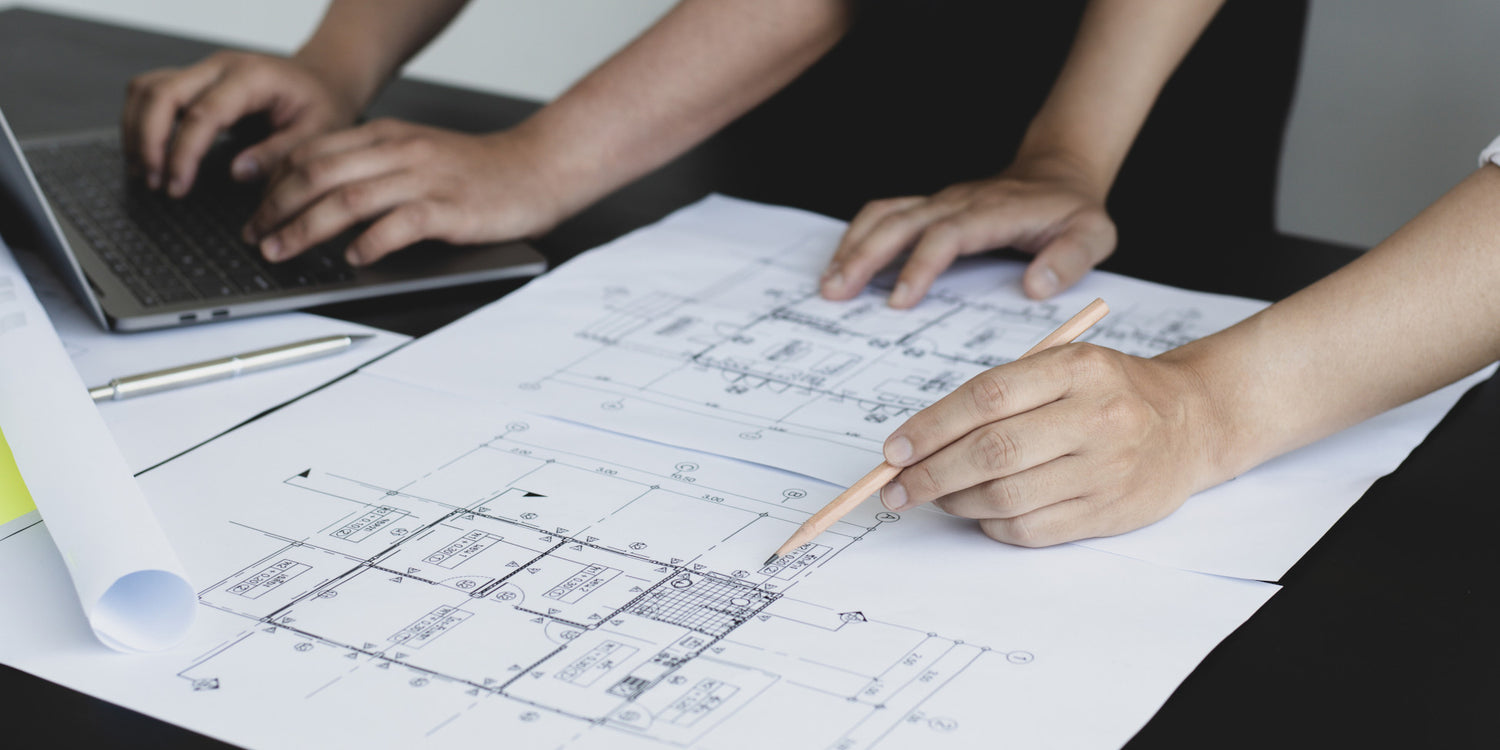
(502) 783-7995
(502) 783-7995


Incorporating electric underfloor heating systems in architectural designs is a modern trend that offers both luxury and efficiency. Known for their ability to provide consistent warmth, these floor heating systems can upgrade the comfort and appeal of any space.
For architects looking to integrate electric underfloor heating into their designs, there are several considerations and best practices to ensure optimal results.
Electric underfloor heating systems use electric cables or mats installed beneath the floor to generate heat. They are generally easier and less expensive to install compared to hydronic systems, making them ideal for smaller spaces or retrofit projects.
Choosing the right system depends on the project's scope, budget, and specific heating requirements. Architects should familiarize themselves with the various options available, including loose wire systems for irregularly shaped rooms and heating mats for larger, uniformly shaped areas.
The type of flooring material used significantly impacts the efficiency and effectiveness of an electric underfloor heating system.
Tile and stone are excellent conductors of heat and work exceptionally well with these systems. They retain and radiate heat efficiently, making them ideal for bathrooms, kitchens, and entryways.
Wood and laminate can also be used with heated floors, but special considerations are necessary. Engineered wood is more stable and less prone to warping from temperature changes compared to solid wood.
It is essential to check the manufacturer’s guidelines to ensure compatibility with electric heating systems. While carpet can be used, thicker carpets and underlays can insulate against the heat, reducing the system's effectiveness.
Opting for low-pile carpets and ensuring the combined thickness of the carpet and underlay does not exceed the manufacturer's recommendations is essential.
Proper insulation is key to maximizing the efficiency of electric underfloor heating. Without adequate insulation, a significant amount of heat can be lost downward, reducing the system’s effectiveness and increasing energy costs. Installing a layer of insulation beneath the heating elements prevents heat loss and enhances overall performance.
Rigid foam insulation or insulated boards are commonly used for this purpose. In addition to subfloor insulation, edge insulation helps contain the heat and improve efficiency, particularly in larger spaces.
When designing a space with electric underfloor heating, consider how different areas will be used and optimize the layout accordingly. Dividing the floor heating system into zones allows for precise control over different areas, providing customized heating settings based on the room’s usage.
This elevates comfort and energy efficiency. Avoid placing large, heat-insulating furniture directly over the heated floor, as this can block the heat and reduce the system’s effectiveness. Planning furniture layouts to allow for optimal heat distribution is essential.
Electric underfloor heating systems can be used as a primary heating source or in conjunction with other heating systems. In well-insulated homes, they can serve as the main heating source, providing consistent and efficient warmth throughout the space.
In larger or older homes, they can complement traditional heating systems, such as radiators or forced-air systems. This approach can improve the overall comfort and provide targeted heating in specific areas.
When designing an electric underfloor heating system, consider the energy sources available and the system’s overall efficiency. Incorporating renewable energy sources, such as solar panels, can make heated floors more sustainable and cost-effective in the long run. Look for systems with high efficiency ratings to minimize energy consumption and reduce operating costs.
Heated floors add an extra layer to the flooring structure, which can impact the overall design and construction. Check that the added height of the heating system, including insulation and the floor covering, is accounted for in the design.
This is especially important in renovations where door thresholds and room transitions may be affected. For hydronic systems, the additional weight of the water and pipes should be considered. Ensure that the floor structure can support the added load without compromising integrity.
Safety is paramount when incorporating heated floors into any design. Ensure all electrical connections are made by qualified professionals and comply with local building codes and safety standards.
Using high-quality materials and proper installation techniques to prevent leaks is essential. Regular maintenance and inspections can help identify and address any issues early on.
Modern electric underfloor heating systems often come with smart controls that enhance user convenience and efficiency. Programmable heated floor thermostats allow users to set schedules and adjust temperatures remotely, ensuring the system operates only when needed.
For a seamless experience, integrate the heated floor system with existing smart home platforms, allowing for centralized control and monitoring.
Incorporating electric underfloor heating into architectural designs offers a range of benefits, from enhanced comfort to improved energy efficiency. As with any design element, thoughtful planning and attention to detail are key to achieving the best results. View our range of floor heating mats and underfloor heating cables.

Our under floor heating experts will work on the design and layout of your project, for free!